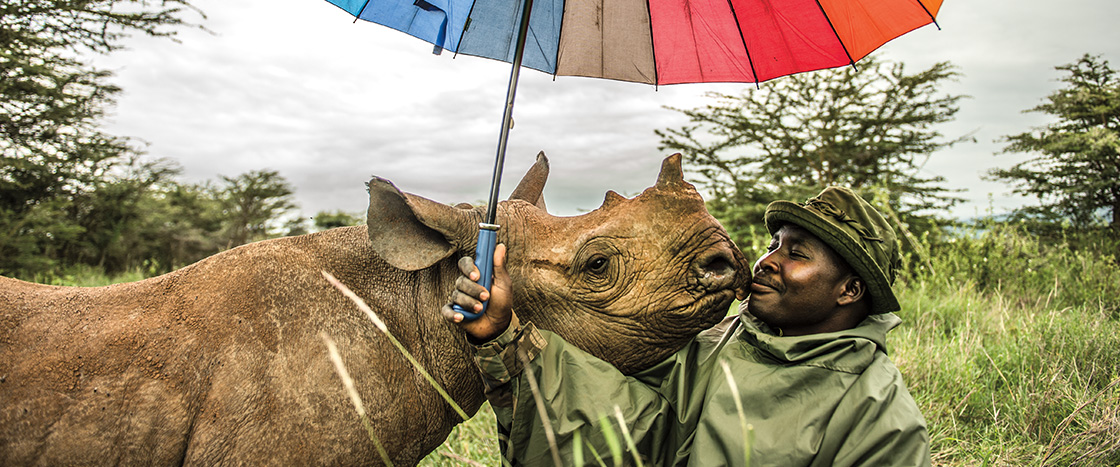When photographer Ami Vitale first picked up a camera, something amazing happened. The once-shy young woman began to interact with people, learn new things, and experience new cultures. Over the years, she has since traveled to more than 100 countries to take pictures.
“I am constantly seeing the wonder and magic of this world,” she says.
When photographer Ami Vitale first picked up a camera, something amazing happened. She was shy before. But after that, she talked with people. She learned new things. She experienced new cultures. Since then, she’s traveled to more than 100 countries to take pictures.
“I am constantly seeing the wonder and magic of this world,” she says.

